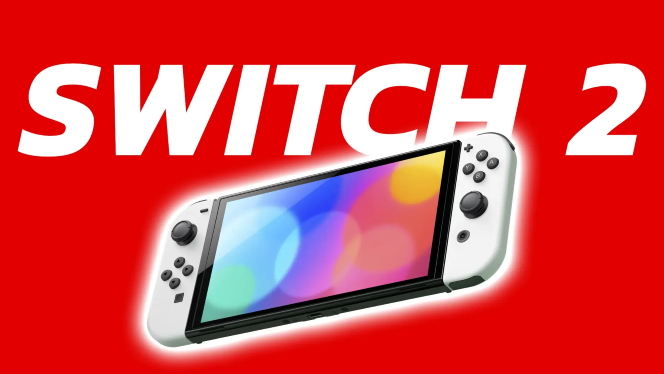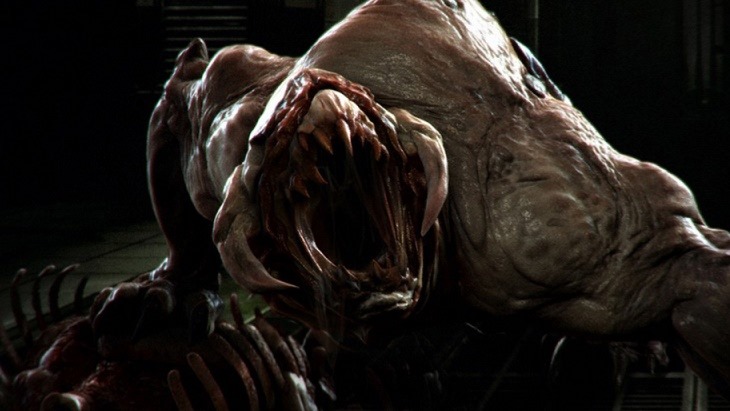The “greens” who have shifted into a new gear (planning with a new architecture every year instead of every two years) are not quite sure why the Japanese company has not released the Switch’s unannounced successor.
In the latest episode of Moore’s Law Is Dead’s Broken Silicon podcast, it was a topic that some people within Nvidia don’t understand why the next console from the big N hasn’t been released yet, as it was supposed to be released in 2023. We have no idea why the Switch hasn’t been replaced, but it’s possible that Nintendo decided to do so because they wanted to change the design of the console a bit to increase the platform’s performance.
The Nintendo Switch 2 (no official name yet) was originally going to use an 8-nanometer manufacturing process, and this may have changed as the Japanese company has delayed its release until 2025. The more advanced technology could result in better power efficiency, more capacity, and lower costs, courtesy of Samsung. Moore’s Law Is Dead pointed out that it would no longer be logical to use 8nm technology, as TSMC, for example, has since offered newer options, and their easier-to-manufacture technology can be obtained more cheaply. If a successor to the console is made with more modern technology, it could have 4.5 TFLOPS of processing power when docked instead of 4 TFLOPS or so.
The console’s specs have yet to be confirmed, but from the leaks we can deduce that if it does indeed come with 12GB of LPDDR5X RAM, it will be able to use better textures than the Xbox Series S, but performance will lag behind due to the weaker processor. Nvidia’s DLSS could help you achieve resolutions higher than 1080p, but we recently wrote that a 4K/30 FPS pairing won’t be very common.
Nintendo should announce what’s coming after the Switch soon, as it’s been over seven years since the platform was released this year, and usually a console doesn’t stay on the market much longer than 7-8 years (or if it does, its successor will be available by then).
Source: WCCFTech







![[TGA 2025] Diablo IV: Lord of Hatred: A Character Class Returns! [VIDEO]](https://thegeek.games/wp-content/uploads/2025/12/theGeek-diablo-4-expansion-2-lord-of-hatred-paladin-skovos-horadric-cube-302x180.jpg)








Leave a Reply